Embark on a journey through the Captivating World of Alexandrite, The Astonishing Gemstone that transforms from Emerald to Ruby, Mesmerizing with its Shimmering Dual Coloaurs.
Among the treasure trove of gemstones, Alexandrite is a true marvel, captivating admirers with exceptional qualities. This extraordinary gemstone earned the moniker “emerald by day and ruby by night” due to its mesmerizing ability to change its colour from a lush green under natural daylight to a vibrant red under incandescent lighting.
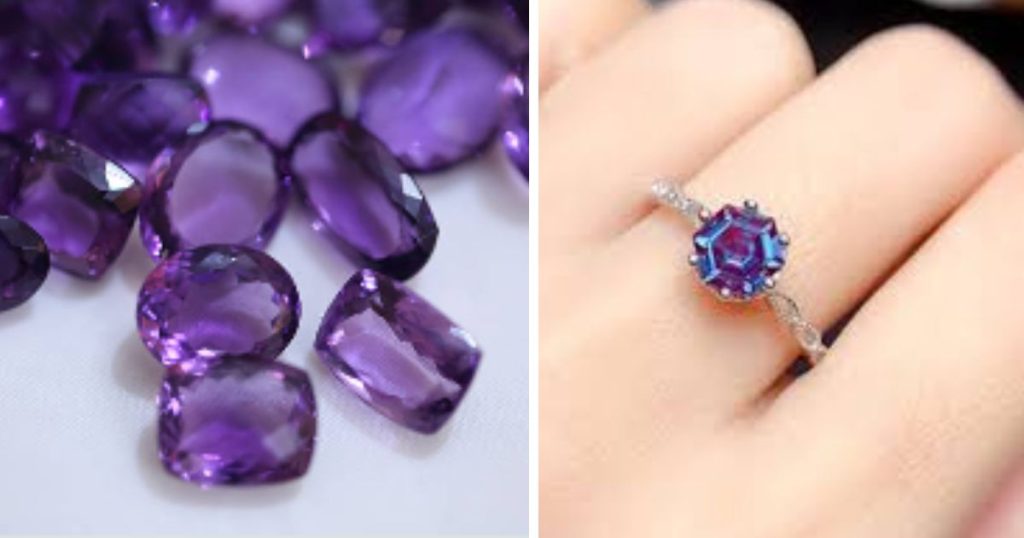
Due to its exceptional scarcity and steep cost, genuine Alexandrite remains elusive to most individuals despite being the contemporary birthstone for June. Consequently, this chrysoberyl variation is highly suitable as a precious gem in creating jewellery.
Description
The shortage of Alexandrite, a chrysoberyl variety renowned for its colour-changing characteristics, can be attributed to two key factors that significantly impact its price. Firstly, colours that resemble pure green and red are deemed more valuable, thus commanding higher prices. Secondly, the extent of the colour shift, where the gemstone displays a noticeable change in hue, also influences its value, with a more pronounced shift resulting in a higher price tag.
The degree of colour change in Alexandrites can vary widely, ranging from being completely opaque to nearly transparent (up to 5% transparency). Consequently, the most coveted gemstones exhibit a complete transformation from green to red. In contrast, Alexandrites with colour shifts towards blue-greens or purple- and brown-reds hold relatively lower value in the market.
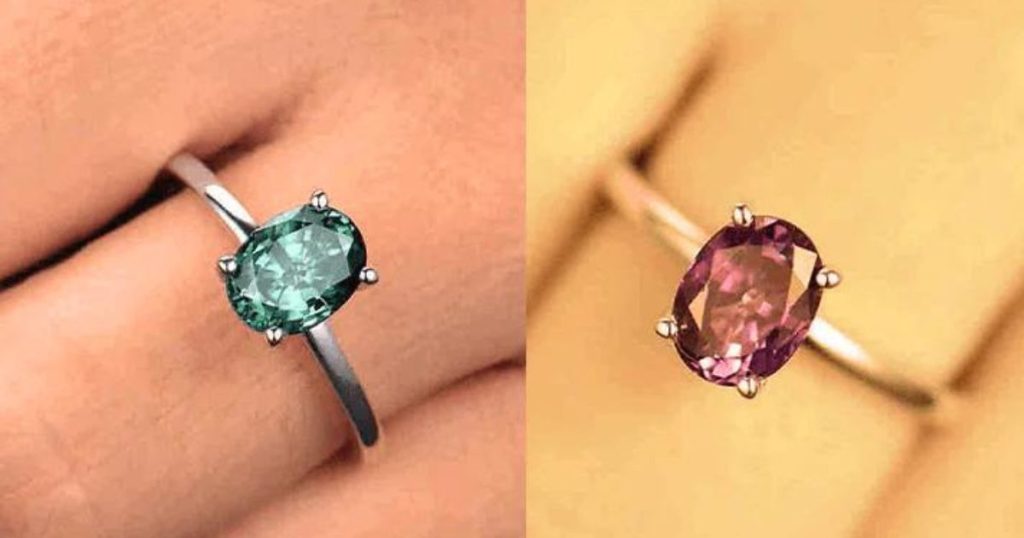
When observed under natural or fluorescent lighting, Alexandrite typically displays a green hue. However, it transforms remarkably when exposed to incandescent lighting, exhibiting a brownish or purplish-red colour. This fascinating phenomenon is attributed to the intricate absorption mechanism of the mineral. The captivating colour change displayed by Alexandrite has given rise to the popular expression “emerald by day, ruby by night” used to describe this gemstone. While other gems also exhibit color shifts under different lighting conditions, the term “alexandrite effect” has become synonymous with this phenomenon. Thus, in addition to its impressive weight of 70.94 carats, the beauty of rough Alexandrite lies not only in its size but also in its unique ability to undergo a remarkable transformation of colours.
In addition, Alexandrite exhibits strong pleochroism, meaning it showcases different colours depending on the angle from which it is viewed. The primary pleochroic colors in Alexandrite are green, orange, and purple-red. However, it is essential to note that the remarkable color change of Alexandrite is not solely attributed to pleochroism. Instead, it is primarily caused by the gem’s exceptional light-absorbing properties, which contribute to its dramatic transformation of colours. Alexandrite, a variety of chrysoberyl, is considered one of the most valuable and costly gemstones, primarily due to its rarity, particularly in larger sizes. Like cultured pearls and moonstones, Alexandrite is recognized as one of the birthstones associated with June.
History
Nils Gustaf Nordenskiöld, a prominent mineralogist, was the first to recognize the unique colour-shifting nature of this green gemstone. The initial findings of Alexandrite were truly stunning, boasting a captivating array of colours and a remarkable spectrum of tones. The naming of the gemstone after the future King Alexander II held special significance, as its eye-catching red and green hues, reminiscent of the imperial Russian national military colours, garnered significant attention and recognition within the country.
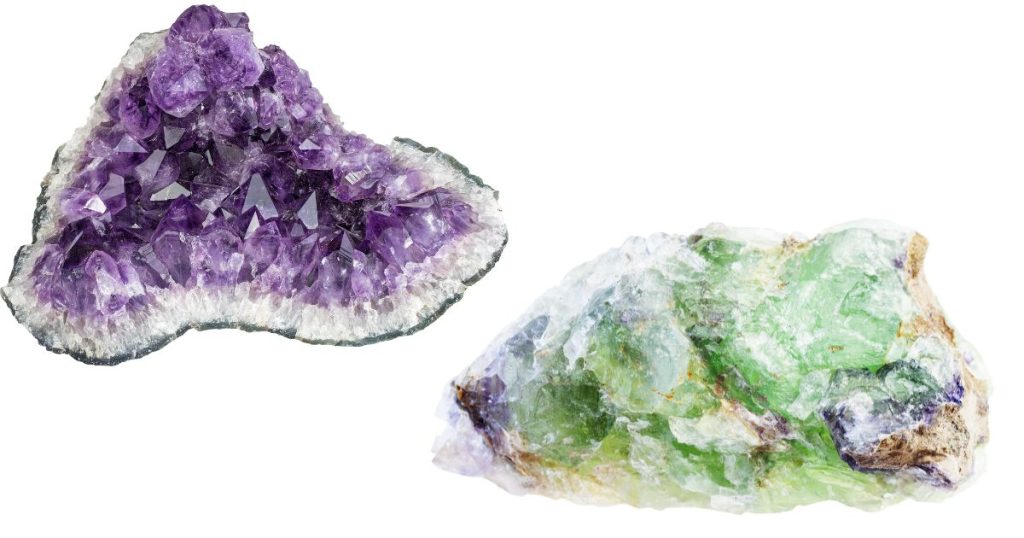
The captivating allure, widespread recognition, and shortage of Alexandrite have captured the public’s imagination. Furthermore, in the 1950s, Alexandrite was designated as the official birthstone for a replacing the traditional pearl in that role.
Initially, the Ural Mountains in Russia were the primary source of the spectacular Alexandrite deposits. However, in modern times, the gemstone is predominantly obtained from Sri Lanka, East Africa, and Brazil. While newer deposits yield some high-quality stones, they often exhibit less precise colour transitions and darker hues than the nineteenth-century Russian Alexandrites.
Nevertheless, antique jewellery adorned with Aexandrites from the renowned Ural Mountains still exists, and these pieces continue to represent the pinnacle of excellence for this extraordinary gemstone.
Multiple Sizes of Alexandrites
Within the collection of the Smithsonian Institution lies the largest faceted Alexandrite, an impressive gem weighing 65.7 carats, showcasing the characteristic green-to-red colour change and originating from Sri Lanka. Meanwhile, approximately 30 carats worth of significantly sized Russian Alexandrites exist. It is worth noting, however, that most Alexandrites are minor in size, typically under one carat. Consequently, five-carat Alexandrites are considered exceptional, particularly those exhibiting a pronounced and favorable color change. Top of Form
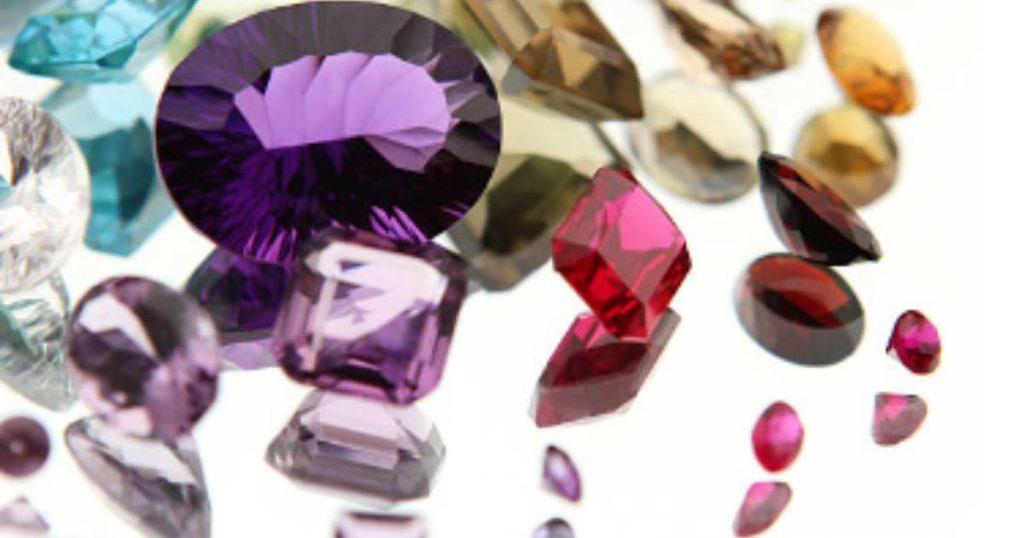
In addition to the aforementioned notable specimens, there are other sizable Alexandrites that deserve mention. These include Alexandrites of significant size and quality that have been discovered and documented. These remarkable gems, which possess notable carat weights, contribute to the allure and fascination surrounding Alexandrite gemstones. Collectors and enthusiasts alike appreciate the rarity and beauty of these sizable Alexandrites, which continue to captivate with their colour-changing properties and stunning visual appeal.
British Museum of Natural History
The British Museum of Natural History in London houses two impressive diamonds from Sri Lanka, weighing 43 carats and 27.50 carats. With their significant carat weights, these sizable diamonds add to the museum’s renowned gem collection. Their origin in Sri Lanka further contributes to their appeal, as Sri Lanka is known for producing high-quality diamonds. The presence of these remarkable diamonds enhances the museum’s display and showcases the beauty and rarity of these precious gemstones.
Russian Academy of Sciences
In the Crystal Collection of the Russian Academy of Sciences, a unique crystal formation originates from the Urals. This crystal triple measures approximately 6 by 3 centimetres in size. Its presence in the collection highlights the individual mineral specimens in the Urals region. The crystal’s impressive dimensions and distinct formation contribute to its significance within the group, showcasing the Urals’ natural beauty and geological diversity.
Fersman Museum
Located in Moscow, Russia, the Fersman Museum is home to a remarkable crystal group from the Urals. This crystal group measures an impressive 25 centimetres by 15 centimetres in size and showcases individual crystals as large as 6 centimeters by 3 centimeters. The museum proudly displays this extraordinary specimen, highlighting the unique mineral formations found in the Urals region. The crystal group’s sizable dimensions and the individual crystals’ considerable size contribute to its significance within the museum’s collection, offering visitors a glimpse into the natural wonders of the Urals.
Private Collections
There have been reports of alexandrite stones weighing up to 50 carats that exist within private collections. These sizable gemstones, held in the hands of private collectors, exemplify the extraordinary nature and desirability of larger Alexandrites. The presence of such significant carat weights further enhances the allure and rarity associated with these remarkable gems, adding to their value and prestige in the world of gemstone collecting.
Care of Alexandrites
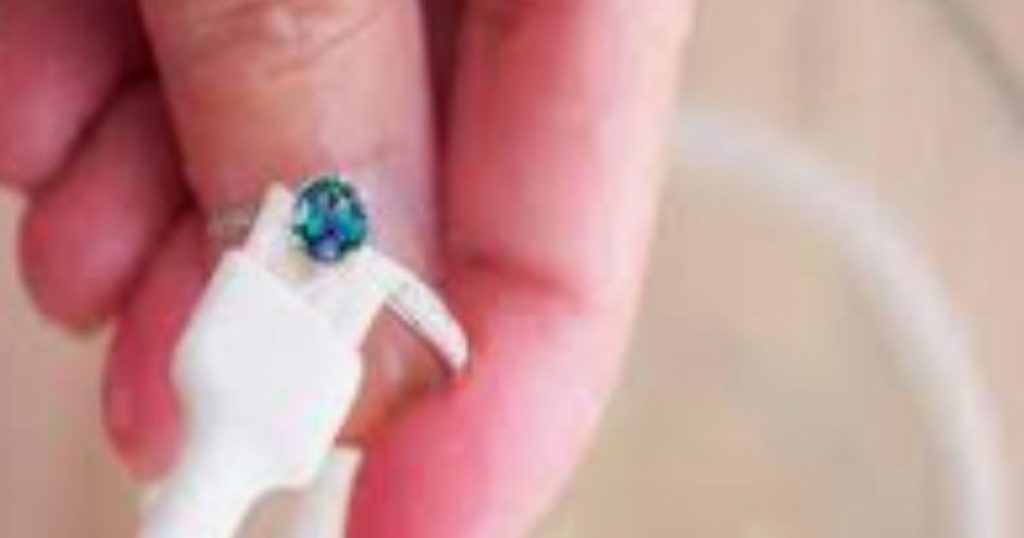
Alexandrite possesses a high level of durability, boasting a hardness rating of 8.5 on the Mohs scale, which makes it well-suited for various types of jewelry. However, caution must be exercised during faceting, as cutting the stone into facets requires careful handling. Additionally, it is important to avoid subjecting Alexandrite to impacts or high temperatures, as these can potentially cause damage to the gemstone. While Alexandrite is resilient, proper care and protection should be taken to preserve its integrity and beauty over time.
Alexandrite gemstones do not require excessive maintenance or specialized care. As per recommended guidelines, these precious stones can be cleaned using mechanical methods. One approach is using a soft brush with warm, soapy water to clean the gemstone gently. This process helps remove accumulated dirt or debris, restoring the stone’s natural brilliance. These simple cleaning techniques allow Alexandrite to be effectively maintained without additional maintenance procedures.